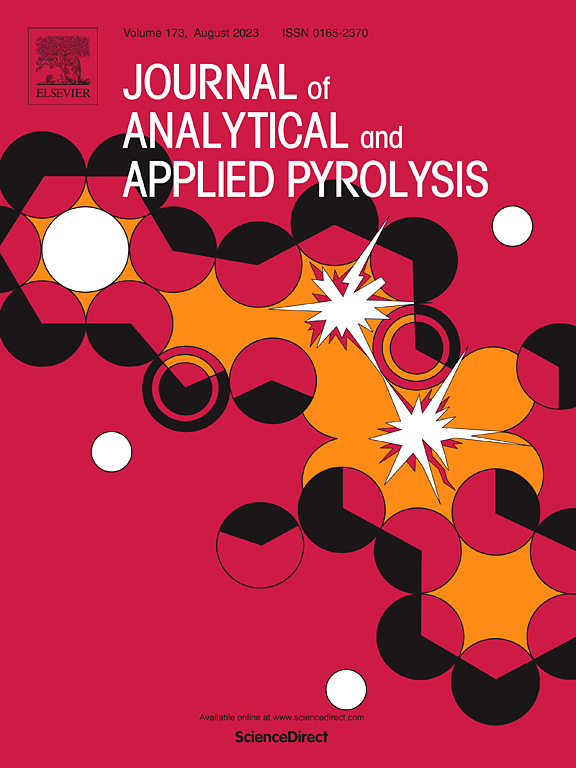溴化环氧树脂废液、铜基废催化剂和二甲基甲酰胺废水的共处理:污染物降解和资源回收
IF 6.2
2区 化学
Q1 CHEMISTRY, ANALYTICAL
引用次数: 0
摘要
溴化环氧树脂(BER)是电子垃圾的主要非金属成分。工业生产过程中产生的铜基废催化剂是一类典型的危险废物。N, N-二甲基甲酰胺(DMF)废水是典型的有机废水。本研究利用DMF废水构建亚临界DMF废水(SDW)系统,对BER和CBSC进行协同共处理。CBSC释放的不同价态铜相互转化可促进羟基自由基(·OH)的生成,从而显著促进DMF的分解和BER的脱溴。DMF的分解产物(CO2、NH4+、二甲胺(DMA)、甲胺(MA))可促进BER的脱溴和CBSC中铜种的释放。BER脱溴生成的HBr能促进CBSC中铜的释放和DMF废水的降解。在此条件下,BER中溴的去除率为98.79 %,DMF的去除率为99.08 %。同时,可获得高纯度的苯酚(58.94 %),铜的浸出回收率为62.97 %。生命周期评价(LCA)结果表明,本研究提出的SDW工艺是一种绿色低碳的BER、CBSC和DMF废水共处理策略。本文章由计算机程序翻译,如有差异,请以英文原文为准。
Co-treatment of brominated epoxy resin waste, copper-based spent catalysts, and dimethylformamide wastewater: Pollutants degradation and resource recovery
Brominated epoxy resin (BER) is the main nonmetallic component of E-waste. Copper-based spent catalyst (CBSC) derived from the industrial process is a typical type of hazardous waste. N, N-dimethylformamide (DMF) wastewater is a typical organic wastewater. In this study, the DMF wastewater was used to construct a subcritical DMF wastewater (SDW) system for the synergistic co-treatment of BER and CBSC. The inter-conversion of copper species with different valence released from CBSC could promote the generation of hydroxyl radicals (·OH), which significantly improved the decomposition of DMF and debromination of BER. The decomposition products of DMF (CO2, NH4+, dimethylamine (DMA), methylamine (MA)) could promote the debromination of BER and the release of copper species from CBSC. The HBr produced by debromination of BER could promote the release of copper species from CBSC and the degradation of DMF wastewater. Under the optimal conditions, 98.79 % of bromine was removed from BER and 99.08 % of DMF was degraded. Simultaneously, high-purity (58.94 %) phenol could be obtained and 62.97 % of copper could be leached/recovered from CBSC. The results of life cycle assessment (LCA) indicated that the SDW process proposed in this study was a green and low-carbon co-treatment strategy for BER, CBSC, and DMF wastewater.
求助全文
通过发布文献求助,成功后即可免费获取论文全文。
去求助
来源期刊
CiteScore
9.10
自引率
11.70%
发文量
340
审稿时长
44 days
期刊介绍:
The Journal of Analytical and Applied Pyrolysis (JAAP) is devoted to the publication of papers dealing with innovative applications of pyrolysis processes, the characterization of products related to pyrolysis reactions, and investigations of reaction mechanism. To be considered by JAAP, a manuscript should present significant progress in these topics. The novelty must be satisfactorily argued in the cover letter. A manuscript with a cover letter to the editor not addressing the novelty is likely to be rejected without review.

 求助内容:
求助内容: 应助结果提醒方式:
应助结果提醒方式:


